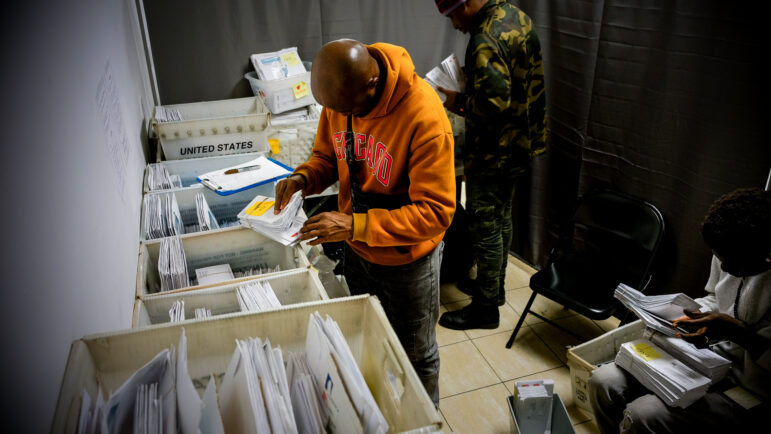A line-of-duty firefighter death is never a simple case of cause and effect. In the dozens of fatality investigations that City Limits reviewed for the September/October issue of our magazine, it was never possible to isolate a single factor that solely and completely explained a death. An illegal conversion, for example, may have trapped firefighters in an apartment on East 178th Street in the Bronx in January 2005, but problems with the hose line, confused communications and a lack of escape ropes helped turn a very dangerous situation into a deadly one for two firefighters. And the fire was fueled by a steady wind.
Since 1991 wind has been a factor in at least five FDNY deaths and in several other close calls. Wind’s danger comes from its ability to suddenly transform a manageable fire into a blowtorch that puts firefighters nearby in danger and makes it harder for others to get close enough to apply water or make rescues. And in high-rise buildings, wind can be a more significant factor than it appears to be from the ground; in fact, if wind is blowing into a flaming room, firefighting personnel on the outside might not see much fire at all.
For at least the past five years the FDNY (along with fire departments in Chicago and Toledo) has been working with the National Institute for Standards and Technology to better understand wind-driven fires and test some new tactics for dealing with them. You can read more about that work here.
Below, watch one of the NIST tests to see what happens to a relatively small bed fire when the window in the room breaks and wind begins rushing in. The camera on the lower right displays the temperature of the wall it is aimed at. Watch it soar.








